See it before it changes forever
palimpsest
6 years ago
Featured Answer
Sort by:Oldest
Comments (25)
rockybird
6 years agoRelated Discussions
Before and After. Changed this area of the front yard.
Comments (12)Your tree looked so healthy & green, seems kind of a shame. I didn't recognize it as a mulberry tree though, so I can understand why you would get rid of it. I bet you really had to trim to keep it to that size. The ones I have dealings with I guess are wild ones that birds tend to leave right at the worst places. Like in the middle of my blueberry bush. They grow like mad! Looks like lots more tomatoes for your future! What is your favorite large tomato? I got 3 Big Boy tomato plants this year, got a bunch at one time, but there are not many on the vines right now. I am wondering if there is a tomato that spread its harvest out more. We don't eat lots of tomatoes, but a few every week would be nice. I guess I need to check for early, mid & late season tomatoes. Maybe I should put in a few more plants too :) I miss your beautiful lupines, but lupines only lasted a couple of years for me either. I tried planting some seeds a couple of times, but they didn't come up. I've decided I don't need to try such difficult plants, I'll stick with the ones that work for me....See MoreA few last looks before some changes ...
Comments (12)I love seeing the transformation of where it all started and where it is now and will love viewing the 'carnage' of redesigning. I really appreciate the time you spend sharing the pictures and stories of your very lovely garden! The garden art really rivals the plants :-) We just experienced our first killing frost/freeze here at our house and it seems that our gardens always look their best just before fall ends. It is kinda sad to see the brugmansia leaves hanging like steamed spinach. I so wish that the moderate weather lasted as long as the heat but I do love living and gardening here in Texas so won't complain too much. We have a record low number of tropicals to bring inside this year, I am also moving more toward natives that sleep in winter and recover in the spring. We had a lot more rain this summer than you did, but we are looking to not only reduce the water consumption but also the labor involved in watering a large garden. I'm really not planning on bringing any brug cuttings in this winter, just a few special plants. I don't grow roses but have become a brugmansia enthusiast over the past few years and they just need too much water and attention. The blooms are lovely, but I too need a change of pace. Pam...See MoreIt only takes a moment for your life to change forever...
Comments (4)In the past I found a couple of sites that claimed to help vet care, but none of them had any money when I was looking. DH was out of work, we had spent over $3000 to try to save Kang, and found Ana who needed major orthopedic work in both rear legs. We never got anything, Kang died, and Ana is still deformed in both rear legs. Pet insurance is something everyone who doesn't have $2000-3000 for emergencies should have. There is CareCredit at many animal hospitals, but in my experience people who really need it don't qualify. Some people keep a credit card open just for their pets in case of emergency. I personally am in a really good position for paying for vet care since in 3 weeks I'll be a vet. But I can't do some things like major orthopedic surgery or neurosurgery. So I'd have to pay for those things, but I'd probably get an industry discount. Not everyone is so lucky, so people have to be careful to have only the pets they can afford. Being financially responsible keeps people from losing their home for vet care. Watch Michael Moore's Sicko if you want to see what the USA SHOULD do in regards to human medicine....See MoreChange knobs? Before/After Pics of CL Dressers & Slipcover Chair
Comments (19)Thank you, bleigh, jessica and rockmanor! I hope she does like it once I'm done. dianalo - I laughed when I read the resisting pink walls part. My DD HAS to have pink walls! It's her one request. I've convinced her to agree to BM Queene Anne pink though - it's a very subtle ballet pink and will hopefully look more creamy than bubblegum pink. walnutcreek - thanks so much for the Urban Outfitters info. Those are exactly the ones that I was thinking of. I was going to make some but I'm running out of steam and those are a lot of ruffles! Did you order yours yet? I'm wondering how sheer they are. I'll try switching the bed and large dresser again. I was looking forward to using the large mirror but could use a smaller one over the bedside dresser if I decide to change the arrangement. The old diamond-paned window from this room is still in the garage waiting for a makeover - maybe I could use it as a mirror! Love those pale green glass knobs! I originally wanted to use green but DD decided on pink. I do have an idea to use those for another project but will probably stay with clear or pink for the small dresser in this room....See Morepalimpsest
6 years agoAnglophilia
6 years agoDLM2000-GW
6 years agolast modified: 6 years agoworthy
6 years agolast modified: 6 years agoUser
6 years agolast modified: 6 years agoUser
6 years agobeckysharp Reinstate SW Unconditionally
6 years agobeckysharp Reinstate SW Unconditionally
6 years agopalimpsest
6 years agobeckysharp Reinstate SW Unconditionally
6 years agobeckysharp Reinstate SW Unconditionally
6 years agoUser
6 years agopalimpsest
6 years agolast modified: 6 years agobeckysharp Reinstate SW Unconditionally
6 years agobeckysharp Reinstate SW Unconditionally
6 years agoMrs Pete
6 years agolast modified: 6 years agoworthy
6 years agolast modified: 6 years agobeckysharp Reinstate SW Unconditionally
6 years agopalimpsest
6 years agobeckysharp Reinstate SW Unconditionally
6 years agoMrs Pete
6 years agolast modified: 6 years agopalimpsest
6 years agolast modified: 6 years agoMrs Pete
6 years ago
Related Stories
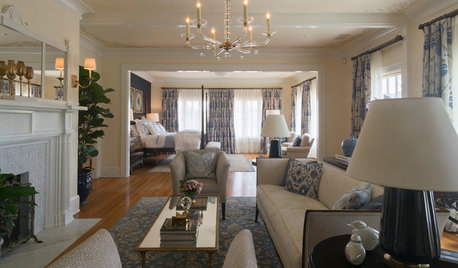
DESIGNER SHOWCASESBefore and After: See How Rooms Came to Life at the Pasadena Show House
Read the design details behind transformations at the 2016 Southern California showcase house
Full Story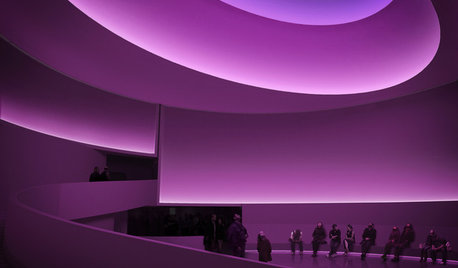
ARTSee the Sky as Never Before, Courtesy of Artist James Turrell
Experience light, space and perception in a whole new way at three museums across the United States — and maybe at your house, too
Full Story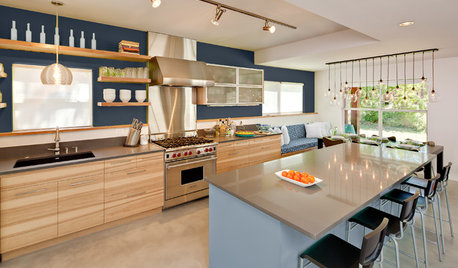
MOST POPULARChoosing Color: See How 3 Bold Palettes Change 1 Kitchen
Designed to be flexible when it comes to color, this kitchen easily handles different color schemes
Full Story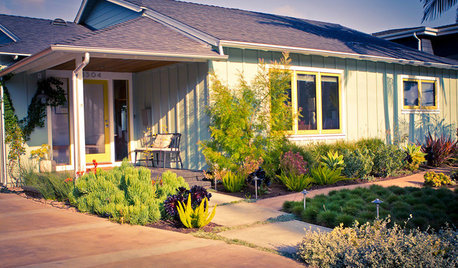
FRONT YARD IDEASBefore and After: See 5 Dramatic Front Yard Updates
These makeovers, including a parking-strip farm and an entertaining hub, elevate the typical front yard
Full Story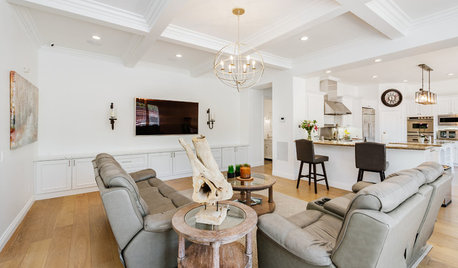
TRANSITIONAL HOMESBefore and After: Dramatic Changes for Actor Gavin Houston’s Home
New finishes, millwork, built-ins and gallons of white paint freshen up a dated Los Angeles house
Full Story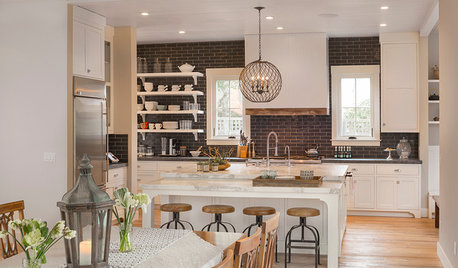
TRANSITIONAL HOMESHouzz Tour: Change of Heart Prompts Change of House
They were set for a New England look, but a weekend in the California wine country changed everything
Full Story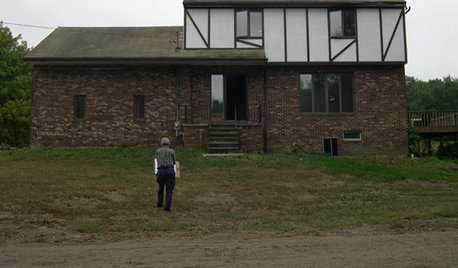
BEFORE AND AFTERSRadical Makeover Scoop — See a New York Home's Fantastic Transformation
How much can you change a home's personality without moving or tearing the whole thing down? Completely, it turns out
Full Story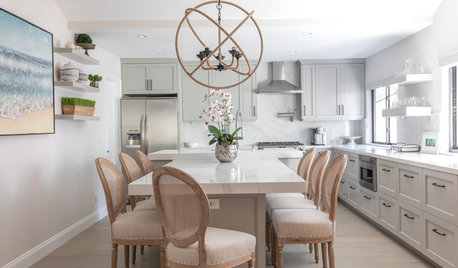
KITCHEN DESIGNBefore and After: 5 Kitchen Makeovers in 225 Square Feet or More
See how designers and remodelers changed layouts and materials to make these kitchens functional and attractive
Full Story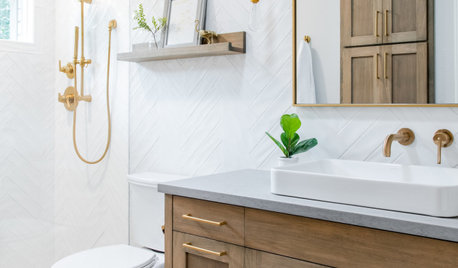
BATHROOM MAKEOVERSBefore and After: 4 Beautiful 50-Square-Foot Bathrooms
See how pros changed layouts and materials to make these bathrooms more stylish and functional
Full Story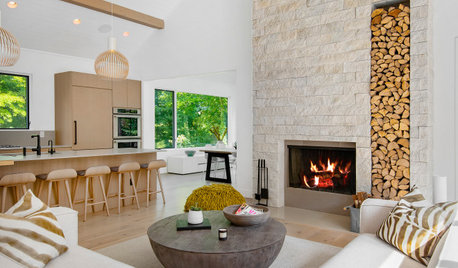
FIREPLACESBefore and After: 6 Dramatic Fireplace Makeovers
See how designers refresh the look of a fireplace with everything from a simple paint job to a new stone surround
Full StorySponsored
Central Ohio's Trusted Home Remodeler Specializing in Kitchens & Baths






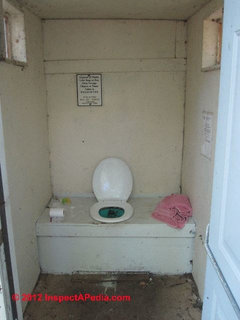
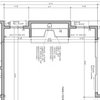
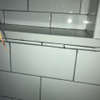
worthy